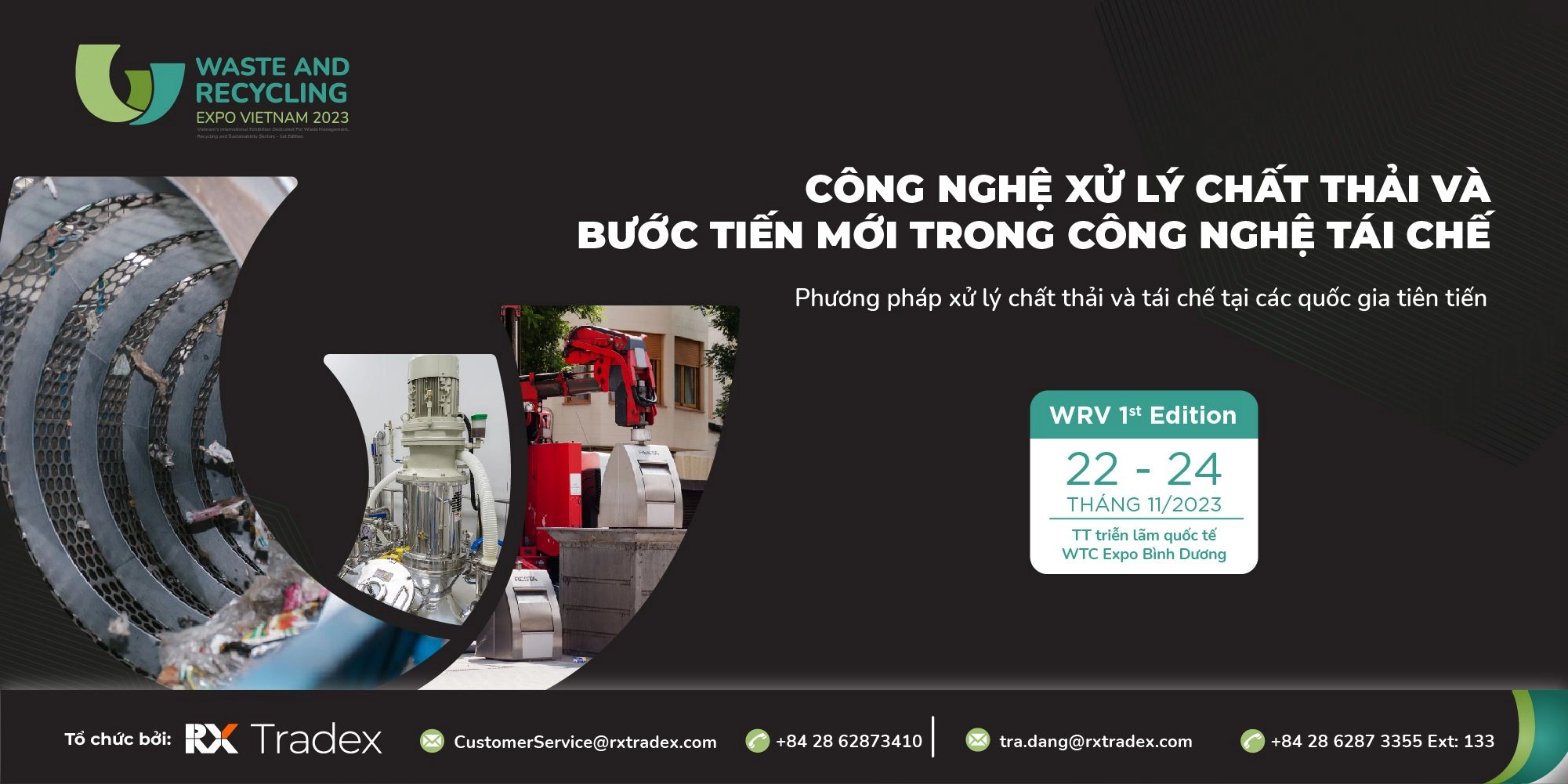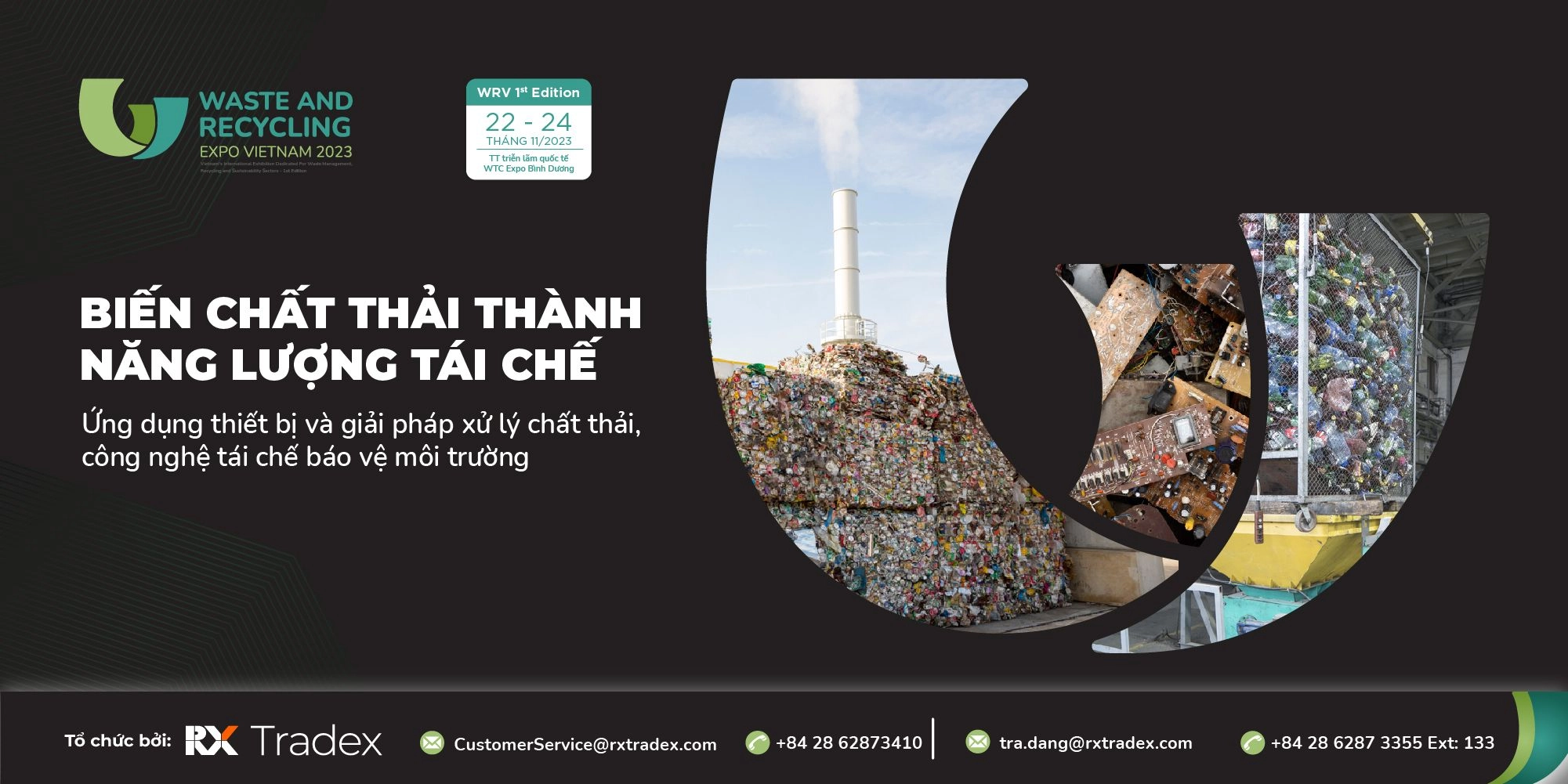Reduce waste by recycling and reusing
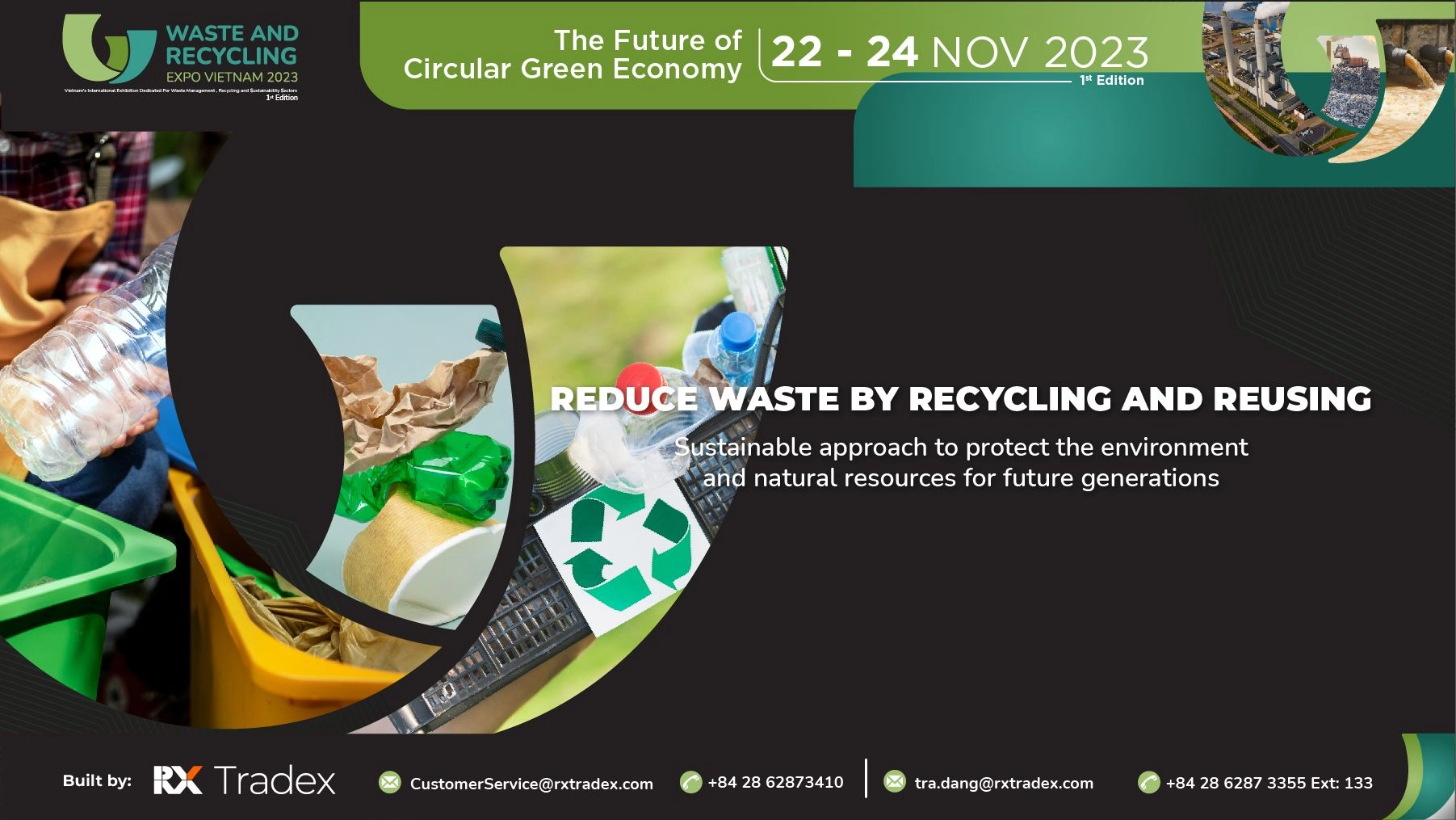
Garbage is a serious issue that is being concerned and discussed all over the world. The amount of waste is said to be directly proportional to the development of the economy and industry.
However, the problem is not merely in the quantity, but also the efficient treatment and recycling of waste. In the current context, recycling and reusing waste has become an effective solution to reduce the amount of waste generated and protect the environment. In this article, we will learn together about reducing waste by recycling and reusing and the advantages it brings.
1. What is waste reuse?
Waste reuse is the process of reusing products or materials for their intended purpose, rather than throwing them away or putting them into the recycling process. Reusing waste helps reduce the amount of waste entering the environment and saves resources.
There are many products that can be reused such as glass bottles, aluminum cans, paper bags, carton packaging and many more. In addition, the reuse of these products saves money and natural resources. For example, you can reuse waste as glass bottles and jars to store drinks instead of buying new bottles each time. Or it is simply marking the symbol on plastic bottles that can reuse them.
Reusing and recycling waste is a simple yet effective solution to reduce the amount of waste entering the environment and help protect the environment. We need to create habits of reusing products and materials to save resources and protect the environment.
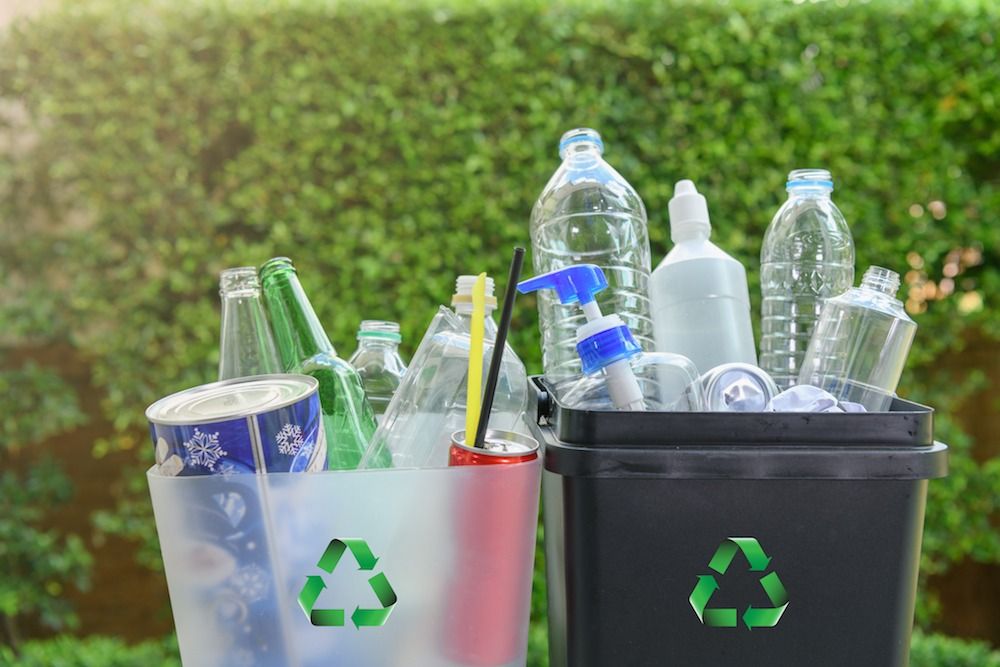
2. Why is it necessary to recycle - reuse garbage?
Recycling and reusing waste plays an extremely important role in reducing the amount of plastic waste in the world. Before we can enjoy the benefits of recycling plastic waste, we need to be aware of its impact on the environment and human health.
Plastic waste not only pollutes the environment but also causes serious health problems for humans. Many plastics, such as polystyrene (PS) and polyvinyl chloride (PVC), contain harmful chemicals that can cause cancer and health problems. Besides, they also cause a shortage of resources, when we need to consume a lot of resources to produce new plastic products.
However, if we recycle waste and reuse it properly, we can minimize the amount of waste put into the environment and reuse resources already produced, helping to minimize energy consumption during production, minimizing emissions, waste generated during production and many other benefits which include minimizing the amount of plastic waste introduced into the soil, minimizing air and water pollution, and reducing production costs.
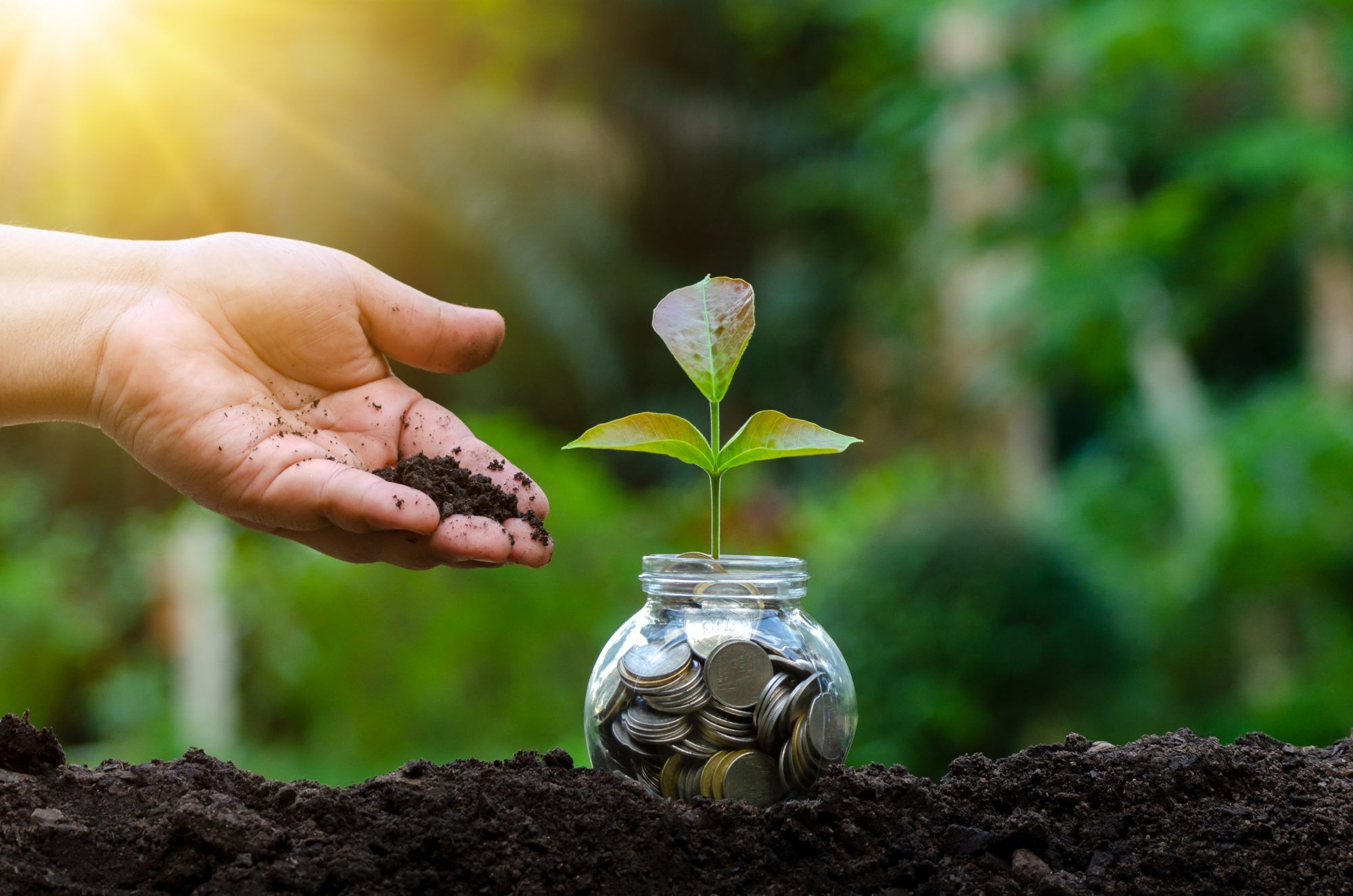
3. What types of garbage can be reused?
Reusable wastes are materials or products that have been used and disposed of as raw materials for the manufacture of new products. These types of waste are usually classified into several main groups as follows:
· Glass waste: Glass waste is one of the best types of reusable waste. Glass waste can be recycled into other products such as glass bottles, glasses, vases, decorations, etc.
· Metal waste: Metal waste can be reused to manufacture new products. Recycled metal products include aluminum, copper, iron, and steel. Identify reusable metal trash by using the keyword "recyclable" or checking products to see if they rust.
· Plastic waste: Plastic waste is the most common type of waste today. However, only some plastics are reusable such as PETE (1), HDPE (2) and PP (5). These plastics can be recycled into other products such as water bottles, perfume containers, cans, etc.
· Paper waste: Paper waste is also a type of waste that can be reused as recycled paper. Recycled paper products include printing paper, book covers, paper bags, gift wrappers, paper boxes, and more.
· Food waste: Some types of food waste such as fruits, vegetables, eggs, eggshells, coffee beans, pepper and even hay can also be reused by turning them into fertilizer to grow crops or feed for livestock and poultry.
· Wood trash: Pallet bins, plywood and boards can be reused to make furniture, floors, pads and more.
· Textiles waste: Clothing, towels, pads, and fabric-based items can also be reused by making recycled clothing or other items.
However, not all products from these types of garbage are reusable. To know which products can be reused, we need to carefully check the instructions for use or read the information on the product packaging. If the product is reusable, there are usually separate symbols and guidelines to distinguish it from non-reusable products.
For example, on reusable plastic bottles there is often a designation "PET" or "HDPE". If you are unsure whether the product is reusable, you should contact the manufacturer or any organization that specializes in recycling for advice. In short, if we know the types of plastic bottles that can be reused, we will understand what is safe to reuse to protect the environment more effectively.
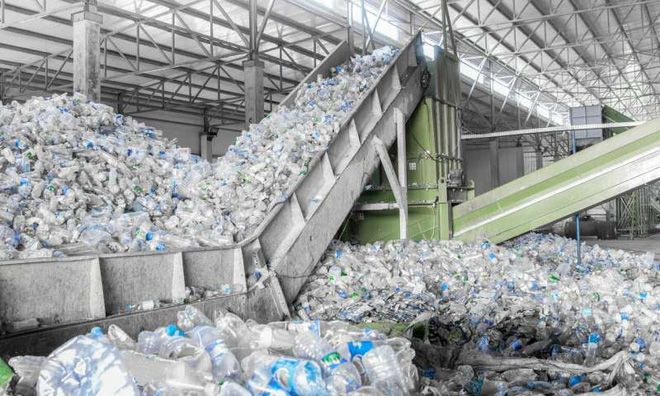
4. What types of plastic waste are used for recycling?
Here are some common plastics that can be recycled and reused:
· Plastic No. 1 (Polyethylene terephthalate - PET): This is a plastic used to produce water bottles, beverage bottles, cooking oil jars, soap, advertising products, toys ... PET plastic is highly recyclable and can be used to make fabrics, phone cases, packaging materials, and many other products.
· Plastic No. 5 (Polypropylene - PP): This plastic is often used to produce packaging, food containers, medical products and many other household products. PP plastic is also highly recyclable and can be used to produce many different materials such as baskets, sun shields, tables and chairs, floor mats, etc.
· PET plastic 1: This is the same plastic as PET plastic, but has a higher density and is used to produce spring water bottles, hot water bottles, shampoo bottles ...
· PET 1 plastic is also highly recyclable and can be used to manufacture various products such as clothing, phone cases, sun shields, etc.
· PET (Polyethylene terephthalate) plastic is recyclable but cannot be reused. The recycling of PET plastic helps to minimize the waste of resources and environmental pollution.
5. About WRV Vietnam 2023
Waste and Recycling Expo Vietnam 2023 is one of the leading exhibition events in the fields related to industrial waste and recycling in Vietnam organized by RX Tradex. Here, participants will learn and see first-hand the leading modern equipment in the country on waste reduction, recycling and waste reuse initiatives to overcome the problem that is of worldwide concern.
In addition, this exhibition is also an opportunity for businesses to expand the diplomatic relationship of the company, exchange waste treatment solutions, current ways of recycling waste of the company with more developed units or companies with more modern waste treatment systems.

